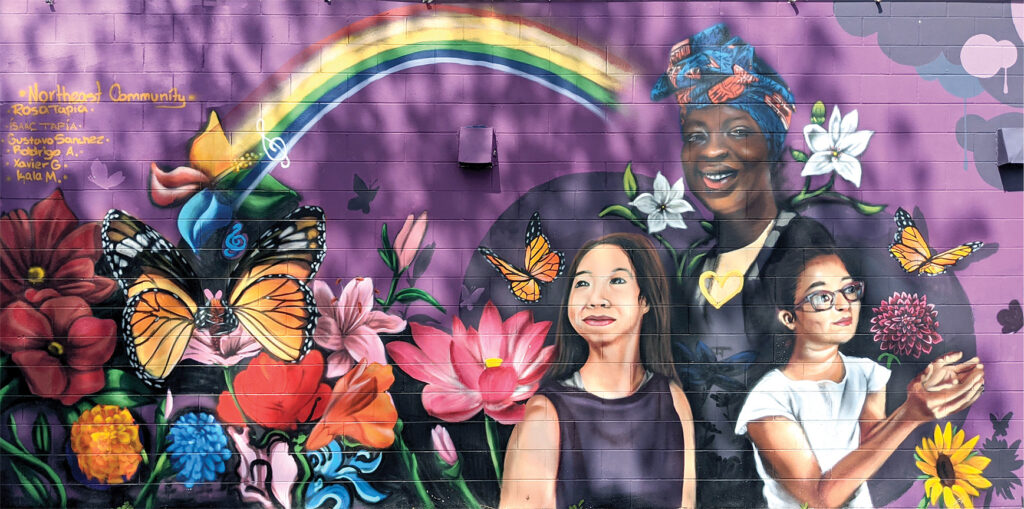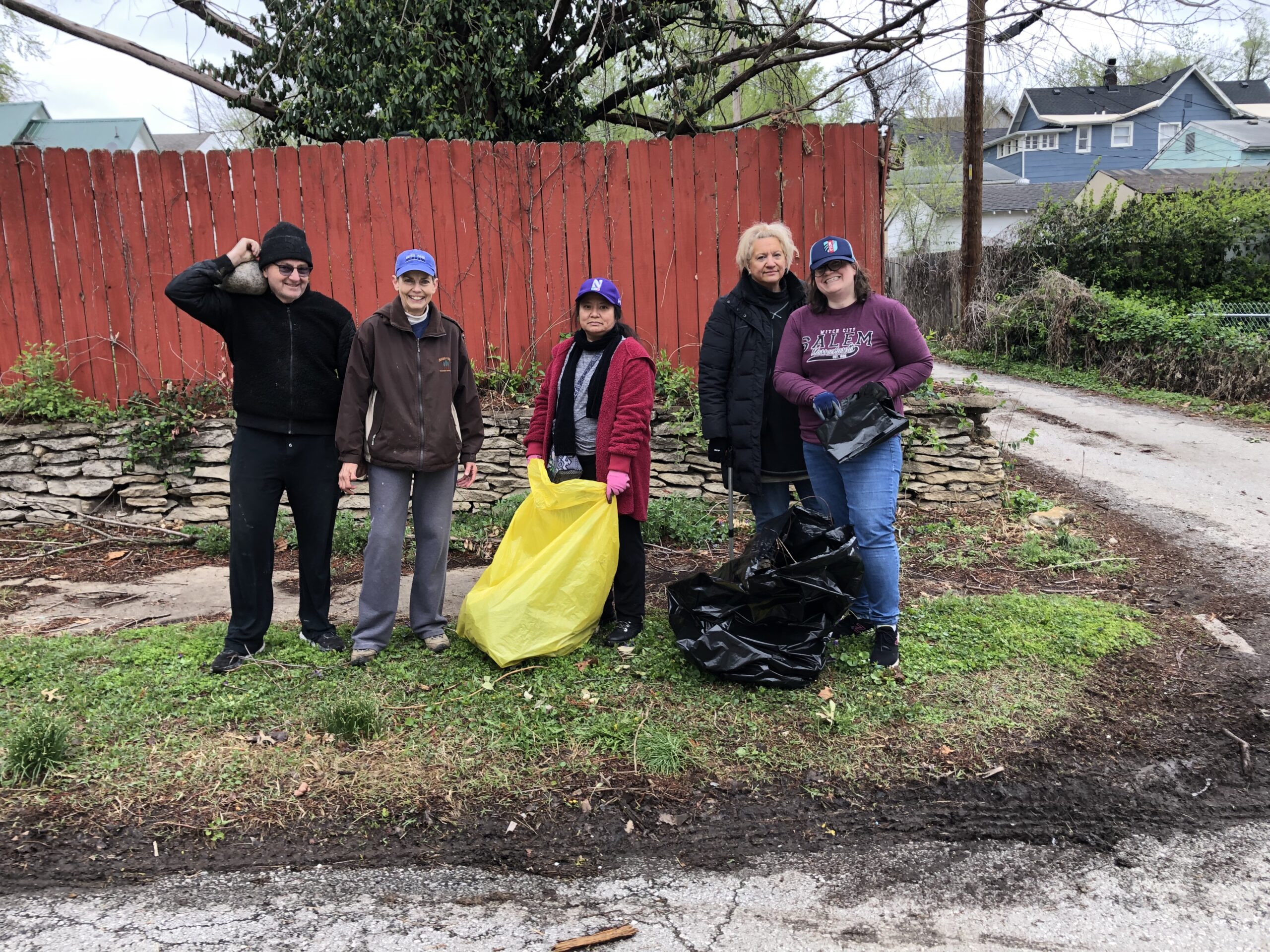
Nikki Lansford
Editorial Assistant
Butterflies are a sign of summer, and a symbol of migration. In a community rich in diversity and many immigrant residents, the Northeast Kansas City Chamber of Commerce (Chamber) and Independence Avenue Community Improvement District (CID) are looking for community assistance to help beautify the Northeast.
On Saturday, March 8 from 10 a.m. to 2 p.m, the organizations will be planting butterfly gardens in the CID’s planter beds and pots along Independence Ave. between Montgall and Wabash avenues.
“We plant flowers of some sort every year in those plant beds,” said Mike Spady, Urban Planner and Director of Operations for the CID. “Each year we’ve been looking at different types of plants to put in there to maintain. Well, this year, we came across the idea of let’s do something that’s all native to Missouri.”
The butterfly gardens are a part of the Monarch Mariposa Project, which is sponsored by Kansas City Southern railroad, the Kansas City Downtown Rotary Club and Suburban Lawn & Garden. The goal of the project is to help save the monarch butterfly population by providing safe spaces for the butterflies to rest along their migration route south to Mexico.
“They never fly at night, so we’re trying to get them settled during the nighttime and then they can migrate during the day,” Spady said.
The CID ordered 50 monarch plant kits from Suburban Lawn & Garden to plant on Saturday, Spady said. Each kit comes with 16 different plants that are specific for attracting monarch butterflies. Some varieties expected to come in the kits are swamp milkweed, butterfly weed and blue sage.
Spady said the CID is hosting this planting event in order to get as many people involved as possible. With 50 kits and 16 plants in each one, there are 800 plants that need to be installed along Independence in just one day.
For those who cannot attend the event but would still like to get involved, one way is by planting a monarch habitat in their backyard.
According to the Missouri Department of Conservation, suitable monarch habitats can be easily integrated with an existing flower garden. While there is no minimum area requirement for a habitat, a truly effective Monarch habitat should be at least 100 square feet.
Additionally, backyard habitats require lots of sun exposure. It is also recommended by the department to provide a variety of milkweed and nectar plants in order to increase the likelihood that monarchs will utilize a habitat for a longer period during the breeding season.
Gardeners can purchase the necessary plants to start a backyard habitat through the Suburban Lawn & Garden website. When one purchases any plants that are a part of the Monarch Mariposa Project, Suburban will donate 50% of the proceeds toward the planting of Oyamel Fir saplings in
Michoacán, Mexico.
The more prominent and well-known eastern monarch migration travels south along the I-35 corridor, known as the “Monarch Highway,” in the central United States. This Monarch Highway in the US and through Mexico to Michoacán is directly along the Kansas City Southern network route.
Oyamel forests are vital to the survival of monarchs, according to Kansas City Southern. Deforestation throughout Michoacán over the past decades has fragmented the habitat. The monarch population has decreased by 80% in just 20 years.
To learn more about creating a backyard habitat for monarch butterflies, visit Missouri Department of Conservation’s website for more information.
In addition to planting butterfly gardens, the Chamber is also sending out a call for artists on May 8. During the butterfly garden event from 1 to 2 p.m., the Chamber will be discussing its mural program. Artists who are interested in finding out about their chance to create a community mural with a butterflies and flowers theme this summer in the Northeast can attend the event to learn more.
“The monarch butterfly represents immigration and transformation,” said Bobbi Baker-Hughes, President and CEO of the chamber and manager of the CID. “And our community is such that we are a community full of immigrants, and we are a transformative community.”















